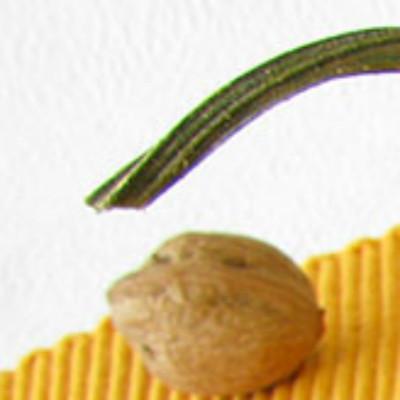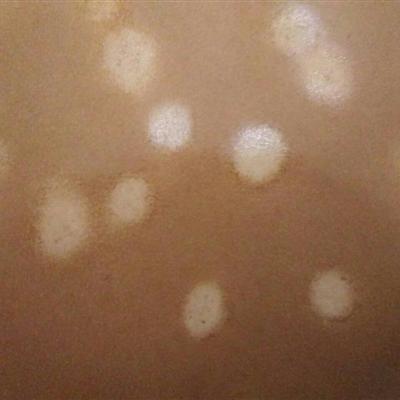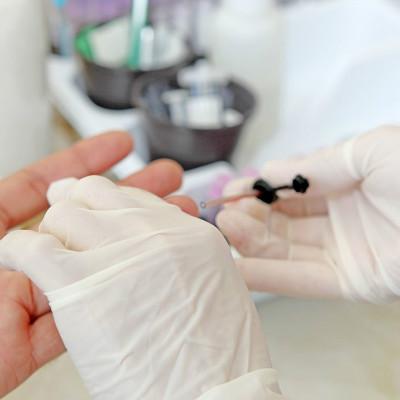How long does gout have gout stone?
summary
Repeated attacks of acute gout can lead to multiple joint involvement. If patients feel unwell, they should go to the hospital immediately for diagnosis and treatment, and develop from local swelling in acute stage to local bone defect and joint deformity in chronic stage. Urate crystals are deposited in the connective tissue of joints and skin, forming gout stones of different sizes. Joint deformity and (or) the formation of gout stone is a sign of the course of gout into chronic lesions. Today, let me learn from you how long gout has gout stone?.
How long does gout have gout stone?
First: after entering the chronic phase, you will find that gout is very different from before: the onset of arthritis is more and more frequent, the intermission is shorter and shorter, the pain is gradually aggravated, and even after the attack, it can not be completely relieved, and the affected joints are gradually increasing, from the previous foot development to the shoulder, spine and even mandibular joints.
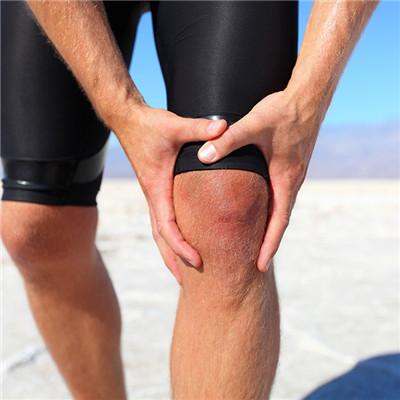
Second: repeated gout attacks, will make articular cartilage in urate crystal, continuous inflammatory stimulation, cause articular cartilage damage. At the same time, when gout attack, white blood cells phagocytize urate crystals and do not purulent out, but stay in the joint cavity, gout relapse, these white blood cells gradually fibrosis, calcification, expansion, and can not exchange with blood components, thus forming a huge insoluble gout stone, affecting joint function.
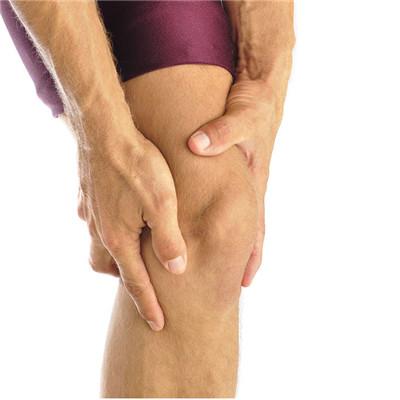
Third: the study of untreated gout patients found that the time interval from the first attack of gout to the occurrence of chronic symptoms or gout stone is very different, generally 3-42 years, with an average of 11.6 years. Ten years after the first attack, about half of the gout patients had no obvious gout stone, and most of the other patients had only a small amount of crystal deposition. Since then, the proportion of patients with painless wind stone gradually decreased, accounting for only 28% 20 years later. 2% of the patients developed severe disability 20 years after the first attack.
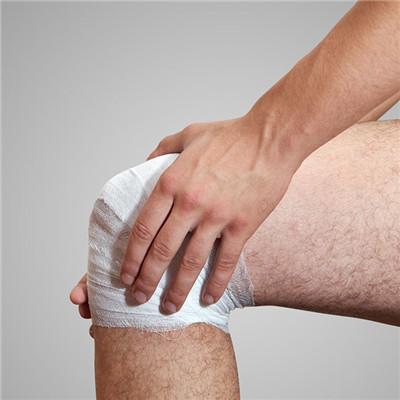
matters needing attention
Therefore, after the acute attack of gout, symptoms disappear, joint pain is no longer, but this is the critical period of gout, need to actively reduce acid treatment. Only in this way can we delay and prevent the chronic disease of gout and protect our joints and kidneys.
